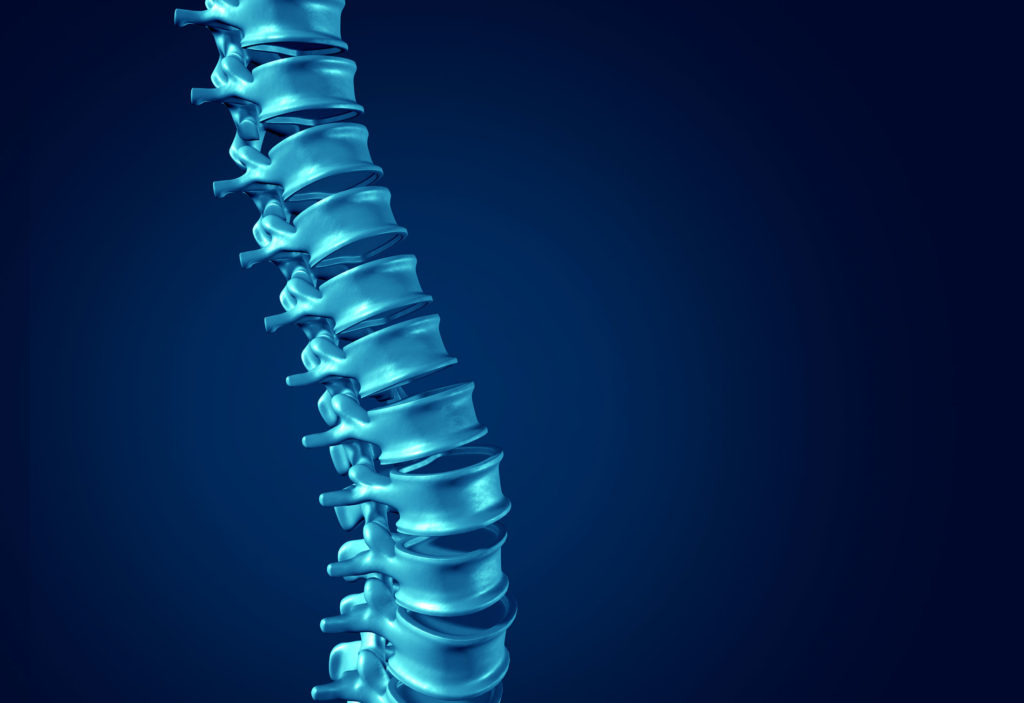
Many factors cause brittle bones – osteoporosis, the use of some medications, certain lifestyle habits, and some health conditions. One such condition is multiple myeloma, a rare form of blood cancer caused by malignant plasma cells. Around 30,000 people each year are diagnosed with the disease, according to the American Cancer Society, and approximately one-third of those diagnosed will die from their condition. Plasma cells are a key art of the body’s immune defense system, and when they become cancerous, they both attack the body and also suppress the immune. Another consequence experienced by patients with multiple myeloma is the development of brittle bones and spinal compression fractures.
Plasma cells are found in the bone marrow, the soft, sponge-like tissue located select bones of the body, such as the leg or thigh. The bone marrow produces the body’s blood cells, along with blood platelets that make up the blood. Plasma cells are formed in the bone marrow out of white blood cells and serve as part of the body’s defense when it is under attack by a bacteria or virus. Plasma cells produce the antibodies needed to fight off an illness effectively.
When these plasma cells become cancerous, they form a tumor known as a plasmacytoma. Because plasma cells form in the bone marrow, this plasmacytoma tumor typically develops in a bone, but in some cases develops in soft tissues of the body. When multiple plasmacytomas form, the patient is diagnosed with multiple myeloma. Patients with multiple myeloma experience low blood cell counts, infections and bone problems.
Because the cancerous plasma cells become overgrown in the bone marrow, the body has difficulty forming new, normal red and white blood cells. Lower numbers of red blood cells can mean a reduction in oxygen throughout the body, while lower white cells mean a weakened immune system. Platelets are also lowered, which impedes the body’s ability to clot and heal wounds. Low platelets can also contribute to an increased bleeding and bruising. These cancerous plasma cells are also unable to produce the antibodies needed to fight off infection and block normal plasma cells from doing their job as part of the body’s defense, too. This leaves the patient at risk for serious illness.
Plasmacytomas and multiple myelomas not only interfere with the immune system and ability to produce blood cells, but they also inhibit bone cell regeneration. Bone cells are constantly being renewed; as old cells die off, they are replaced by new cells. Cancerous plasma cells produce a substance that speeds up the breakdown of old cells and blocks the signal to the body to produce new bone cells. Without new cells, bones become brittle and easily break. These bone breaks can occur if a patient bumps into something, falls, or even as a result of their own body weight.
Fractures that occur as a result of a person’s body weight are called compression fractures. “Compression fractures often occur in the patient’s spine, and can be extremely painful,” says Dr. Michel Budler, M.D. Budler is an interventional radiologist treating patients for spinal compression fractures at his Grand Island, Nebraska, clinic.
“When a spinal compression fracture occurs as a result of multiple myeloma, the vertebrae collapse on themselves. The front portion of the bone falls in, while the back of the vertebrae stays intact, causing the patient’s spine to curve forward,” he explains.
Budler uses kyphoplasty to treat spinal compression fractures in his patients. During this minimally invasive procedure, Budler makes one or two small incisions in the patient’s back and then places needles into the fractured vertebrae. He then places several small balloons through these needles, carefully inflating them once placed. This allows the spine to return to its normal position. To keep the spine in proper position, Budler then fills the space with bone cement and PMMA, a substance to facilitate bone growth. After the procedure is completed, the PMMA and bone cement harden, stabilizing the bone and decreasing the risk of another fracture. This also helps to stabilize surrounding vertebrae.
Budler routinely treats patients for spinal compression fractures and ranks in the top 2 percent of doctors performing this procedure nationwide. Patients with multiple myeloma and spinal compression fractures find relief from pain through kyphoplasty.
